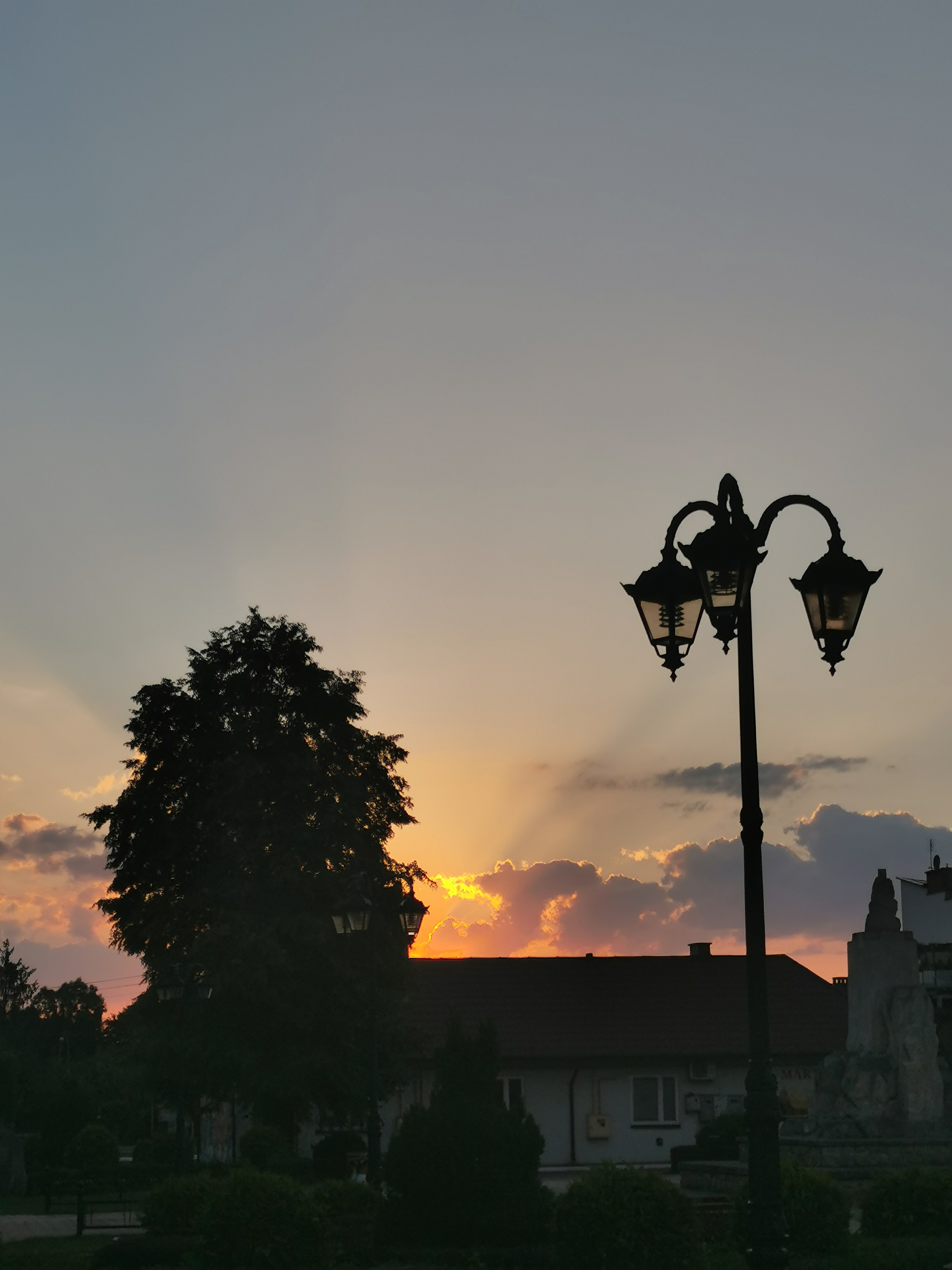Ghost of Christmas Past
Cards (4)
- "It was a strange figure—like a child: yet not so like a child as like an old man..."
- Paradox: The ghost is both old and young, creating an unsettling and supernatural impression
- Simile “like a child... like an old man”: Suggests the spirit transcends time — representing all stages of life and memory
- Adjective “strange”: Immediately sets a tone of mystery and ambiguity, drawing attention to its symbolic nature
- Effect: Dickens uses contradictions to show that memory spans a lifetime — the ghost embodies the idea that the past is both distant and ever-present
- "From the crown of its head there sprung a bright clear jet of light"
- Imagery of light: Symbolises knowledge, truth, and memory — light exposes the reality of the past
- Verb “sprung”: Suggests energy, spontaneity, and power — the ghost’s insight is active and forceful
- Noun “crown”: A regal or spiritual connotation, possibly linking the spirit to divine knowledge or enlightenment
- Effect: Dickens gives the spirit a glowing authority, making it a guiding force that “illuminates” Scrooge’s past
- "Would you so soon put out... the light I give?"
- Metaphor “the light I give”: Represents memory and moral insight. The ghost offers reflection and truth
- Rhetorical question: Challenges Scrooge directly — the ghost uses language to provoke guilt and resistance to denial
- Verb “put out”: Echoes extinguishing a flame, reinforcing the idea of trying to block painful or inconvenient truths
- Effect: The ghost’s language reminds Scrooge (and the reader) that personal growth requires confronting the truth
- "It wore a tunic of the purest white..."
- Symbolic colour “white”: Associated with purity, innocence, and truth — fitting for a spirit that reveals Scrooge’s untainted childhood
- Superlative “purest”: Reinforces the moral clarity of the ghost. Its purpose is honest, without corruption
- Noun “tunic”: Suggests simplicity and timelessness — the ghost is not dressed for one era but belongs to all
- Effect: The ghost’s appearance uses symbolic visual language to show its role as a moral and emotional cleanser
